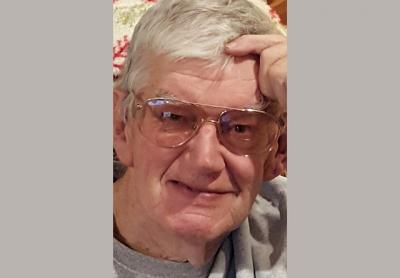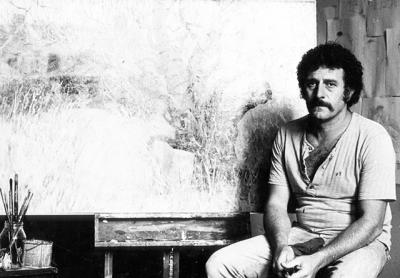For Vonda Miller
For Vonda Miller

Services for Vonda Kay Miller, 56, who died at home in East Hampton on Monday, will be held tomorrow at noon at the Amagansett Presbyterian Church, and the family has invited all who wish to join them afterward to a celebration of her life, at a location to be announced. Burial will be at Green River Cemetery.
A full obituary will appear in a future issue.





